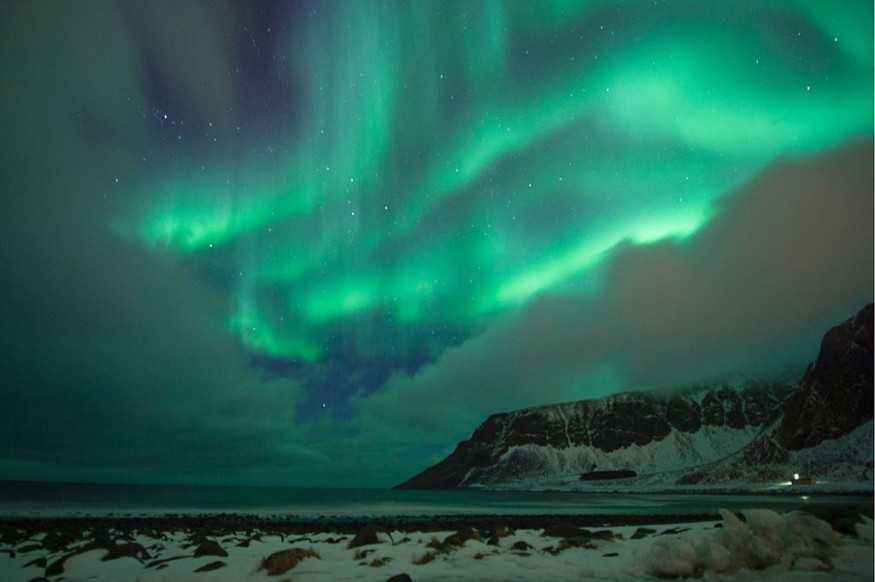
The famous northern lights (aurora borealis) also known as the polar lights naturally display lights in the Earth's sky predominantly in high-latitude regions, but experts say the case was different 41,000 years ago.
A geomagnetic disturbance known as the Laschamp event or the Laschamp excursion caused auroras to wander for centuries, sending auroras to wander toward the equator. As the planet's magnetic north and south weakened and the Earth's magnetic field tilted on its axis, it also diminished to a fraction of its former strength.
The aurora borealis forms through photons released from electrons as they drop back to a lower energy state. After the disruption where there occurred short reversal of the Earth's magnetic field, the magnetic pull that directs the flow of high-energy solar particles toward the north and south poles were lessened and led the auroras astray to near-equatorial latitudes, creating a climate 'disaster'.
A period of geomagnetic change
This period of intense geomagnetic change may also have shaped changes in Earth's atmosphere that affected living conditions on parts of the planet, said presenter Agnit Mukhopadhyay, also a doctoral candidate in the Climate and Space Sciences Department at the University of Michigan, at the annual conference of the American Geophysical Union (AGU), held in New Orleans and online.
According to NASA, the magnetosphere that protects Earth's atmosphere from being worn away by solar wind plummeted "to nearly 4% of modern values" and tilted on its side 41,000 years ago. This form of protective zone that shields the planet from radioactive particles from space, compressed to approximately 6 to 10 times the Earth's radius, and extending hundreds of Earth-lengths, was believed to have "disappeared completely on the day side" after several investigation, Mukhopadhyay said.
Using ancient rock sediments, volcanic data, and simulations, Mukhopadhyay and his colleagues studied the planet's magnetism, "to simulate the Geospace system and predict magnetospheric configurations, along with the location of the aurora," Mukhopadhyay said.
A period of reduced magnetic strength
While it was first hypothesized that the magnetosphere disappeared, the team's finding revealed that during the Laschamp event, it never disappeared entirely, but shrank to about 3.8 times Earth's radius. During this period of reduced magnetic strength, the poles that were formerly positioned north and south moved toward equatorial latitudes, and the auroras simply followed them.
"The geomagnetic tilt was significantly skewed from the geographic poles," Mukhopadhyay said. "This led auroral precipitation to follow the magnetic poles and relocate from the geographic polar regions of Earth to equator-ward latitudes."
Other studies suggest the event could have affected habitability on prehistoric Earth by plunging the planet into an environmental crisis that may have resembled "a disaster movie", and could have generated auroras around the world, producing frequent lightning storms.
Climate models did confirm that it was "highly likely". Although the they had offered insights that could establish the link of Laschamp's magnetic field changes and serious ecological repercussions on Earth, current findings cannot yet provide for a cause-and-effect relationship.
© 2025 NatureWorldNews.com All rights reserved. Do not reproduce without permission.





